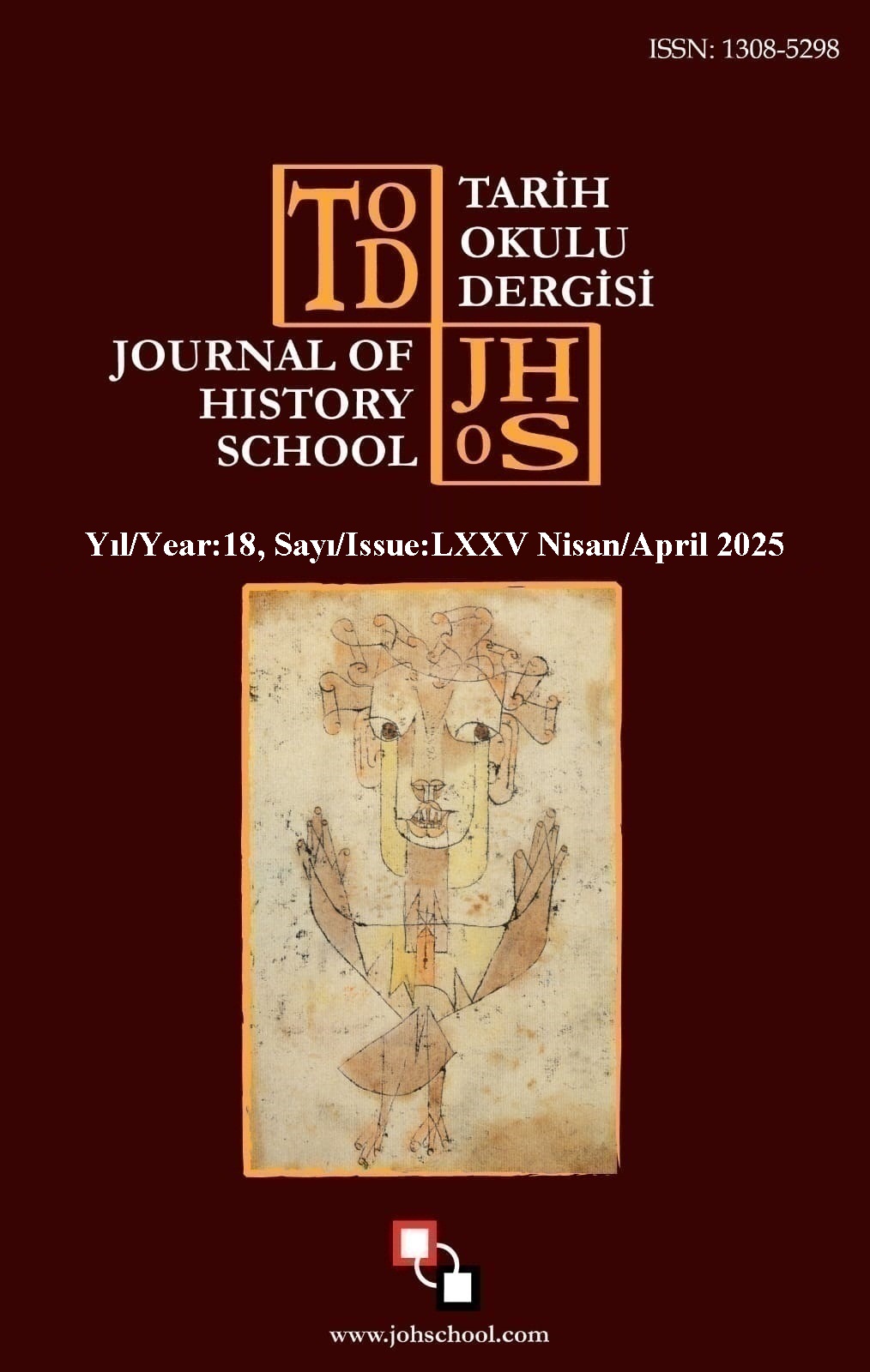Author :
Abstract
Umumiyetle Orta Çağ İslâm dünyasında, hususiyetle ise Büyük Selçuklularda yüksek öğretim müesseseleri olan medreseler ve müderrislerle ilgili çok farklı türlerden dönem kaynaklarından bilgiler elde edilebildiği malumdur. Bununla birlikte resmî vesikalar, kaynak türleri içinde müstesna bir yer tutmaktadır. Sultan Sencer devri resmî vesikaları arasında, dört müderrislik tayin menşûru mevcuttur. Bu tayin menşûrlarından üçü, Sultan Sencer’in dîvân-ı inşâ başkanı Müntecebü’d-Dîn Bedî‘ el-Cüveynî’nin; biri ise Büyük Selçuklular adına bölgeyi fiilen idare eden Hârezmşah hükümdarı Atsız’ın dîvân-ı inşâ başkanı Reşîdü’d-Dîn Vatvât’ın kaleminden çıkmıştır. Atebetü’l-Ketebe ve Ahkâmu Sultâni’l-Mâzî (Leningrad Münşeat Mecmuası) adlı münşeat mecmuaları içine dercedilen müderrislik tayin menşûrları, Büyük Selçuklularda medreseler ve müderrisler hakkında birinci elden orijinal ve tafsilatlı malumat sunmaktadır. Bu çalışmada, Sultan Sencer devrinde sadır olan müderrislik tayin menşûrlarına istinaden Büyük Selçukluların medreselere ve müderrislere verdiği önem ve değer; müderrislerin şöhret ve itibarları; müderrislerin nitelikleri ve tayinleri; müderrislerin görev, yetki ve sorumlulukları (müderrislerin görev birliği); müderrislerin diğer idarecilerle ve eşrafla ilişkilerine dair tespit ve değerlendirmelerde bulunulacaktır.
Keywords
Abstract
It is known that information about madrasas, which were institutions of higher education in the medieval Islamic world in general and the Great Seljūks in particular, and the muderris who headed them can be obtained from many different types of period sources. However, official documents occupy an exceptional place among these sources. Among the official documents of the Sultan Sandjar era, there are four muderris appointment letters (manshūr). Three of these appointment letters were written by Muntajab al-Dīn Badī al-Juwaynī, the head of Sultan Sandjar’s dīwān al-inshā‘, and one by Rashīd al-Dīn Watwāt, the head of the dīwān al-inshā‘ of the Khāwārazmshāh ruler Atsiz, who actually ruled the region on behalf of the Great Seljūks. The muderris appointment letters, which are recorded in munshaāts (secretarial essays) named Atabat al-Kataba and Ahkāmu Sultān al-Māzī (Leningrad Munshaāt), provide first-hand, original and detailed information about the madrasas and muderrises the Great Seljūks. In this study, the importance and value given by the Great Seljūks to madrasas and muderrises; the fame and reputation of the muderrises; the qualifications and appointments of the muderrises; the duties and authorities and responsibilities of the muderrises (the unity of duties of the muderrises); and the relations of the muderrises with other administrators and notables will be determined and evaluated based on the muderris appointment letters that issued during the Sultan Sandjar era.





